Sound
Contents
My first impressions of the Sarum T were “refreshing” and “revealing.” Its obvious strength lies in unimpeded transparency and precision in timing out the musical elements.
Tonality
The Chord Company Sarum T sides on the cooler side of the tonal spectrum. The midrange doesn’t sound rich or warmblooded – but instead pristine and texturally intact. There is a tonal “glorification” that blankets the sound. Which, interestingly, is what makes this cable sound so compelling.
The tonal balance is shifted towards treble – but never sounds harsh or bright. The Sarum T exhibits brilliance, especially in its dimensional expression. It’s “angelic” and clean.
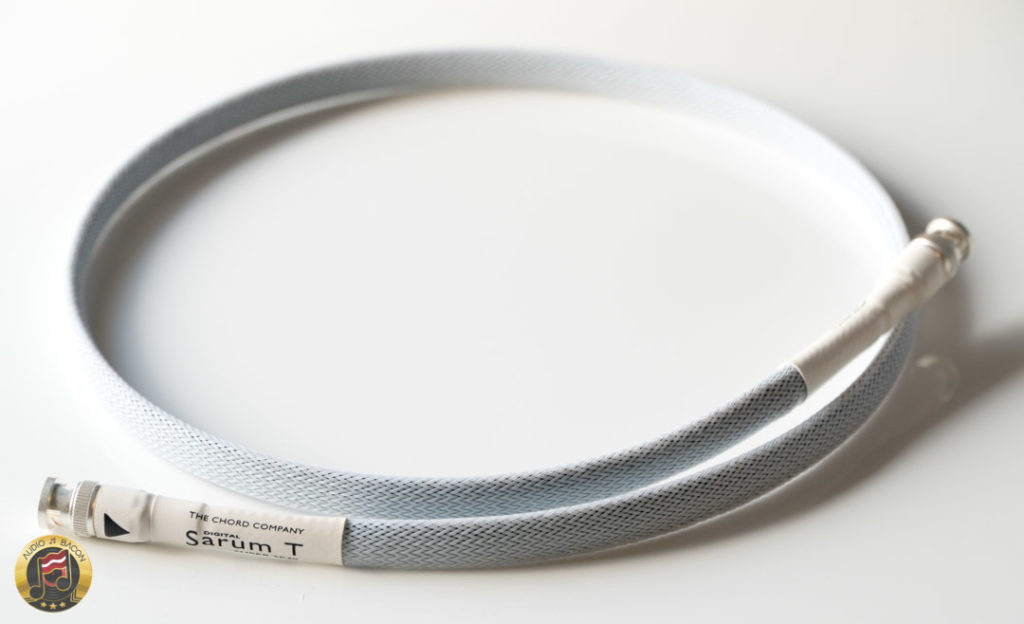
Resolution
Going through my collections of Sara Bareilles, Lana Del Rey, and Alice Merton – the Sarum T was a revelation (literally). From the gentle vocal inflections to the higher energies of a falsetto. It digs deep into the nuances and character of the performers. This is at a level of detail I haven’t heard from many digital cables.
Not only is dialogue pristine and clear, but the emotional efforts of the performance are also in plain view. The Sarum T just breathes.
Although I realize the color isn’t the most organic, it kept me listening. It shines an informative light onto the recording. “I haven’t heard that before” was a recurring theme in my listening.
The Sarum T made me realize how much information was in a recording. And in addition, how a recording sounds with absolutely no veil, no blurring, no noise.
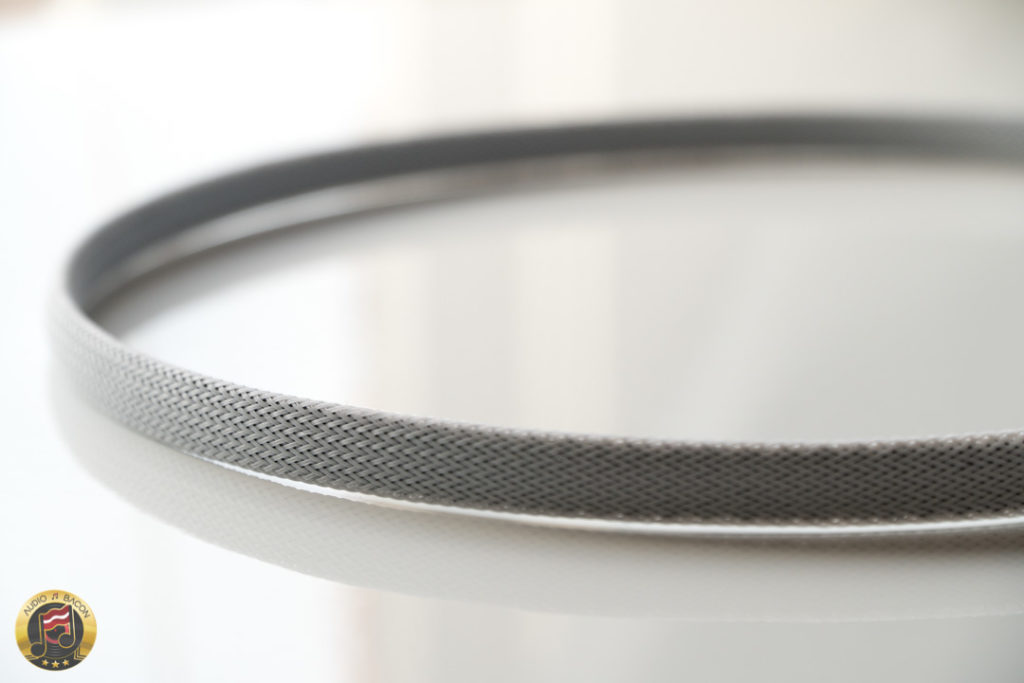
The Chord Company Sarum T digital sounds so informative across all genres. So much so, it compels rediscovery. There’s an enormous amount of lifelike resolution underpinning every recording. You’re kept in your seat thinking “Wow, I wonder if the artists themselves realize how much their essence was captured.”
It’s a chore to skip or pause while listening to the Chord Company Sarum T digital cable. There’s plenty to digest and appreciate. It’s an X-ray into the recordings.
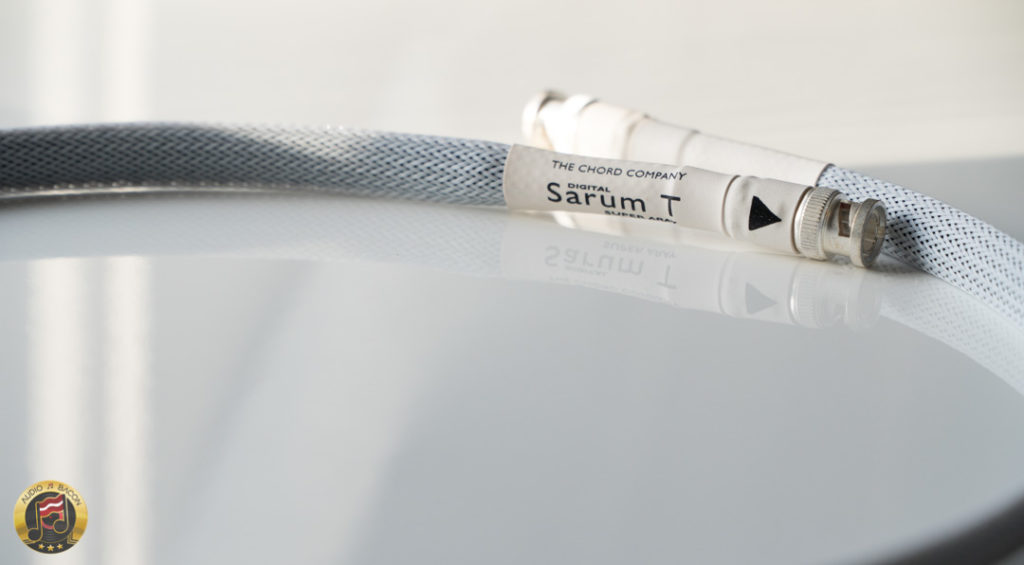
Articulation
The beauty of this cable is its uncovering of the most minute textural nuances – without sounding rough and disjoint. From guitar strings to piano keys, you hear the intrinsic character of an instrument. It is one of the most composed and confident cables I’ve heard.
Bass wasn’t the most voluptuous but tight and well-defined. Micro and macro dynamics are delicate and impactful. It just times out the rhythms with naturalistic synergy and stride. And does so with sinful ease. You’re simply able to hear how the recording was pieced together – every bandmate, every instrument, and the recording space itself.




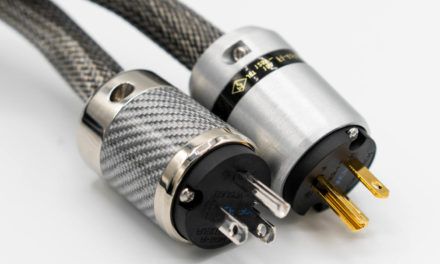
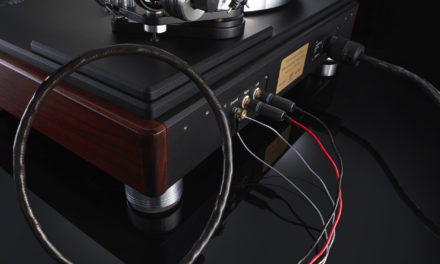
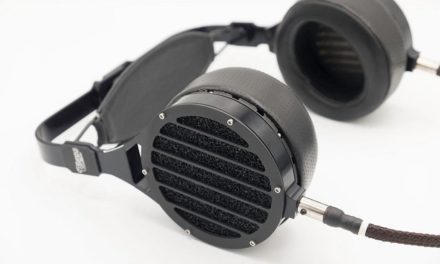
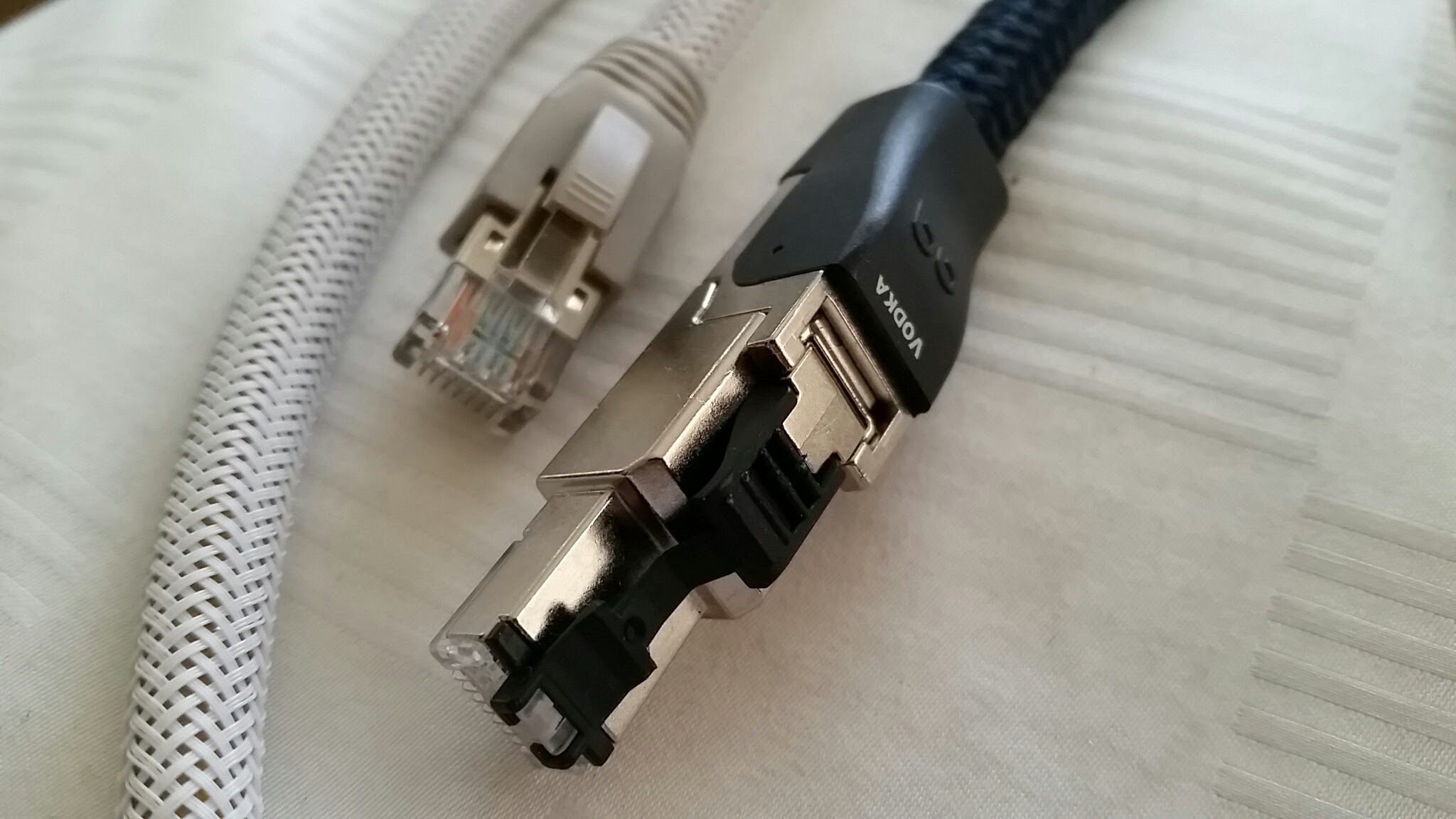

I’m NOT an audiophile persè. However, I do like music reproduction from gear that I can afford. My speakers are DIY, all other gear are unmodified originally designed and only “tweaked” withers the usual spikes, cones and anti-vibrational materials. That being said, I do hear differences in quality cabling, be it power, speaker or interconnects. What I do not understand is a cable other than Toslink fiberoptic between transport and Dac, or Dac to amp/preamp. Why introduce a digital link that cans to carry the signal through a medium other than light? I’ve not ever read a comparison of optical links! If there is any loss of signal from this medium truly the word “negligible” applies here. All things having their own sonic signature are we not tailoring our playback by the coloration rather than purity of signal?
Well, even optical cables sound different. Try a Mapleshade vs a generic. Every cable will have some kind of color – no matter what. And that could be the difference between something you enjoy and something you think it’s good or OK. Digital interfaces are also very different. So even if the signal were pure, it’ll depend on the D/A implementation. For example, the optical input of the Denafrips Terminator sounds inferior to USB. Not to mention you can’t send DSD or 384/24 PCM signals.
I have a set of Sarum T XLR cables I am auditioning and I have to say they are absolutely stunning. I am just gutted because they are so God damn expensive but they really are very, very good. Chord unfortunately charge a pretty penny, like Audioquest and have to maintain their marketing costs somehow which always turns my stomach and has me looking elsewhere but as much as it annoys me to say it, I am a tad smitten with these cables. I want to demo some Habst so I’m hoping these will impress me just as much and for a considerably more palatable price